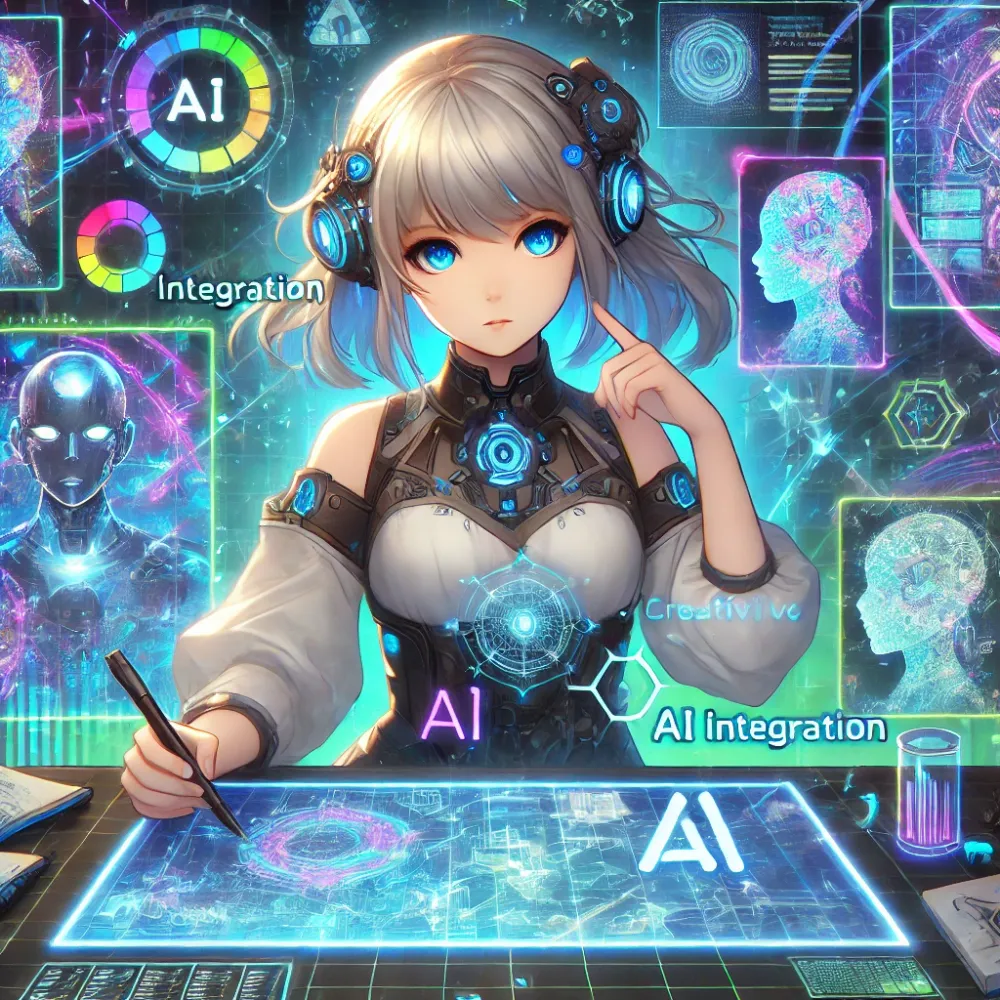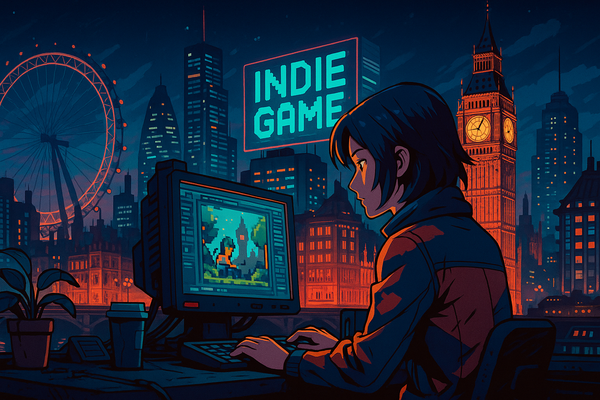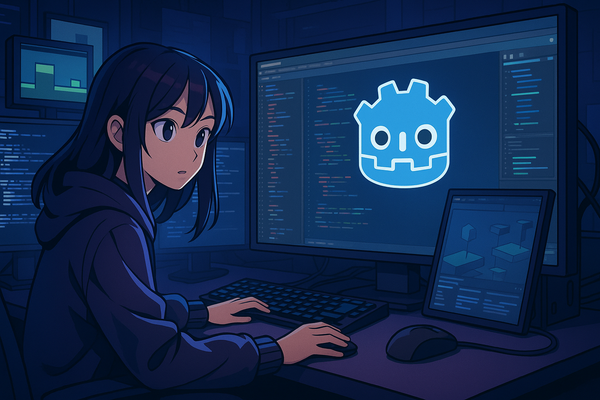Automating game design: Can AI replace human creativity?
The rise of AI has transformed various aspects of game development, from automating tasks to creating content and testing. However, one key question persists: Can AI truly replace the creative input of human designers? While machine learning and generative AI are pushing the boundaries of what’s possible, there are still critical limitations that prevent them from taking over the creative process entirely. This article explores how AI is integrated into game design, its benefits, and why human creativity remains irreplaceable.
1. How AI assists in game development
AI plays an essential role in streamlining game development by automating repetitive tasks, such as generating character animations, testing gameplay, and balancing game mechanics. For example, AI algorithms can analyze vast datasets to dynamically adjust game difficulty, ensuring players remain engaged without manual input from developers. This has been widely adopted in games like FIFA, which uses machine learning to adapt in-game behavior based on player actions (Analytics Vidhya, Whimsy Games).
Moreover, AI can generate game assets and procedural content quickly, reducing production time and allowing indie developers to compete with larger studios. Tools like generative adversarial networks (GANs) enable the creation of unique visuals, while platforms such as Ludo assist in brainstorming and generating new game concepts (Bain).
Related Reading: For more on procedural content generation, check out "The Power of Procedural Generation: How to Create Endless Replayability for Indie Games".
2. The creative limits of AI
Despite its capabilities, AI is not without its limitations. While it can replicate patterns and produce variations, it often struggles with the nuanced creativity that comes from human intuition and emotional understanding. AI-generated content lacks the subtlety of human design choices, such as crafting a narrative that resonates deeply with players. For instance, while AI can write dialogue, it may miss out on creating the depth and complexity of character interactions that human writers bring to the table (Venngage).
AI excels at working within predefined rules and parameters, but it lacks the critical thinking, cultural sensitivity, and ethical considerations that human designers naturally incorporate. Thus, it serves best as a complementary tool, enhancing human creativity rather than replacing it.
3. Dynamic storytelling and adaptive gameplay
One area where AI has made strides is in adaptive gameplay and dynamic storytelling. By analyzing player behavior, AI can adjust in-game elements, creating a personalized experience. For example, generative AI can modify storylines based on player choices, making each playthrough unique. NetEase has explored this by using AI to enable NPCs to respond dynamically, offering a more immersive narrative experience.
However, AI still needs human oversight to ensure that these adaptive systems maintain a coherent and engaging story. While AI can handle variations, the core narrative structure and emotional beats are typically crafted by human designers. This balance allows for richer, more complex storytelling that resonates on an emotional level, something AI alone cannot yet replicate.
Related Reading: Explore how storytelling plays a crucial role in indie games in "Why Storytelling Will Define the Next Era of Indie Games".
4. Ethical considerations in AI-Generated content
The use of AI in game design also raises ethical questions, particularly around intellectual property and creativity. Who owns the content created by an AI, and how can developers ensure it is used responsibly? These are issues that have yet to be fully addressed, but they highlight the necessity of maintaining human oversight in the creative process. AI-generated art, for instance, can sometimes blur the lines of copyright, leading to legal complexities.
Additionally, there is the question of how much autonomy should be granted to AI systems in game development. Without clear guidelines, there’s a risk of over-reliance on AI, potentially stifling the innovation that comes from human creativity. Therefore, developers need to strike a balance, using AI to enhance and streamline creative processes without undermining the core human element that drives original game design.
5. Can AI replace human creativity?
The simple answer is no—at least not yet. While AI can assist and enhance the creative process, it lacks the intuitive and emotional depth that human designers bring. AI can analyze data, predict trends, and automate repetitive tasks, but it does not innovate in the same way humans do. Creativity is about more than just producing content; it's about understanding context, culture, and emotion, areas where AI still falls short.
That said, AI’s role in game development is undeniably valuable. It has the potential to take over mundane tasks, allowing developers to focus on what they do best—creating engaging, original content. The future will likely see more integration of AI as a tool to assist creativity, but it will be a long time before it can fully replicate the spark of human imagination.
AI has changed the landscape of game design, making the development process faster, more efficient, and more dynamic. However, while it can replicate certain creative tasks, it cannot replace the ingenuity and emotional intelligence of human designers. As the technology evolves, the best approach will be to view AI as a partner in creativity, one that enhances and expands the possibilities of game development without diminishing the role of the human creator.




